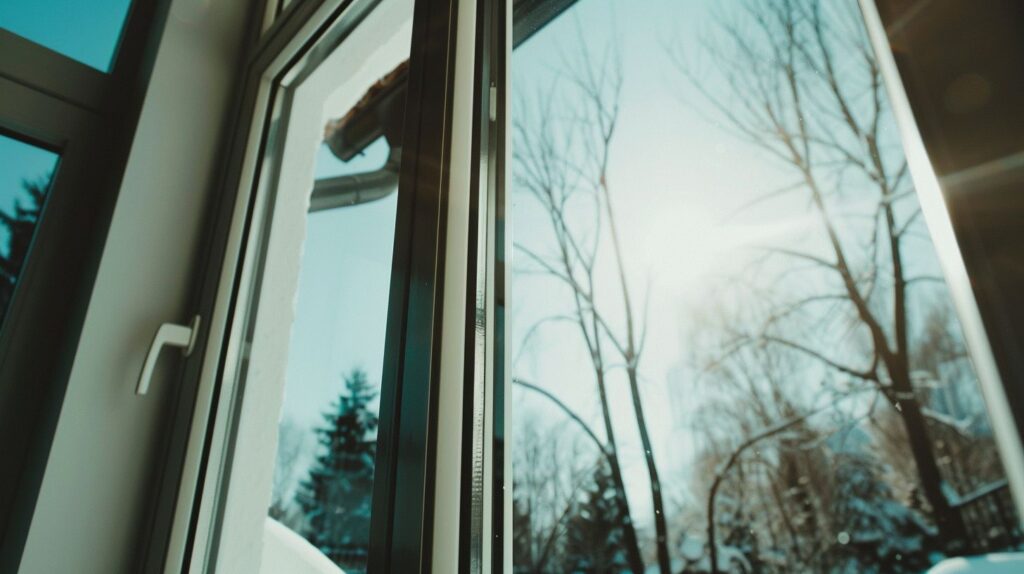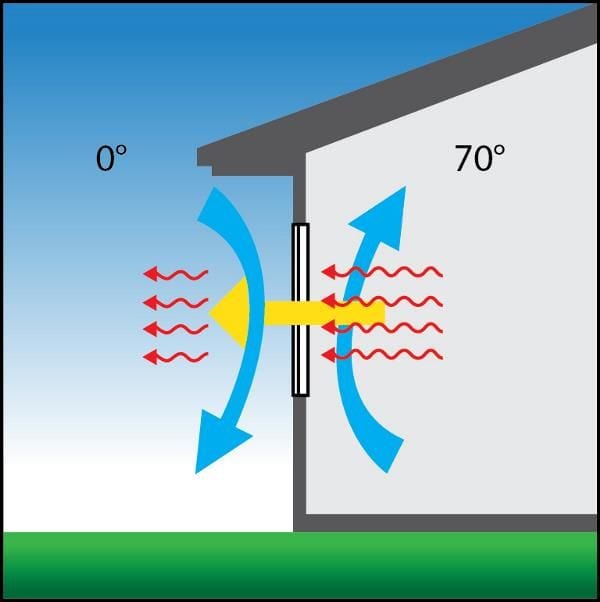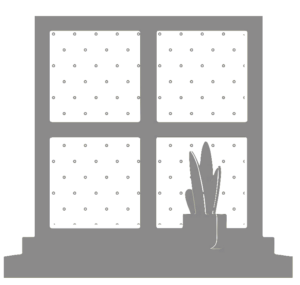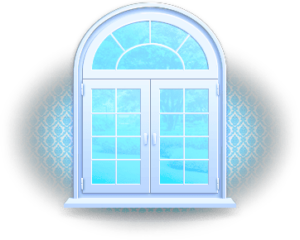
Swapping out drafty old windows for modern, energy-saving models is one of the easiest ways to cut your utility bills, quiet your home, and banish cold spots—without a major renovation. Whether your budget stretches to triple-pane performance or you just want a solid double-pane upgrade, this down-to-earth guide will walk you through the real benefits, the must-have features, and the key decisions you’ll face along the way.
Why Energy-Saving Windows Make a Difference
- Trim Your Bills
Upgrading to quality double- or triple-pane glass with Low-E coatings and gas fills can slash heating and cooling costs by up to 30%. - Stay Comfortable Year-Round
No more chilly edges or hot patches near your windows—just consistent warmth in winter and cool in summer. - Block Harmful Rays & Fading
Low-E coatings filter UV light, helping your carpets, fabrics, and artwork hold their color longer. - Enjoy Quieter Rooms
The extra glass layers and insulating gases muffle traffic, lawnmowers, and neighborhood noise. - Shrink Your Footprint
Less energy used means fewer greenhouse gases—an easy way to live a bit greener. - Boost Your Home’s Value
Buyers notice ENERGY STAR® windows—and many are willing to pay more for a house that’s already efficient.

Features to Look For
- Pane Count & Gas Fill
- Double-Pane + Argon: Great all-rounder for balanced cost and performance.
- Triple-Pane + Krypton: Top choice for frigid climates or peace-and-quiet sanctuaries.
- Low-E Glass
A nearly invisible metallic coating that reflects interior heat back inside when it’s cold and blocks summer heat from coming in. - Warm-Edge Spacers
Non-metallic spacers around the glass perimeter keep that edge warmer—and lessen morning fog. - Frame Material
- Fiberglass: Rock-steady in extreme temperatures, paintable, and durable.
- Vinyl: Affordable, wipes clean, and resists moisture.
- Clad Wood: Natural wood warmth inside with low-maintenance metal shell outside.
- ENERGY STAR® Certification
Make sure your windows carry the ENERGY STAR® Canada label (or ENERGY STAR® USA, depending on your region) to meet strict, climate-specific standards.

Performance at a Glance
| Feature | Double-Pane + Argon | Triple-Pane + Krypton | Double-Pane + Low-E |
|---|---|---|---|
| U-Factor (Lower = Better) | 1.1–1.3 W/m²·K | 0.6–0.8 W/m²·K | 1.0–1.2 W/m²·K |
| R-Value (Higher = Better) | 0.8–0.9 | 1.3–1.7 | 0.9–1.0 |
| SHGC | 0.30–0.45 | 0.25–0.40 | 0.20–0.35 |
| Cost per Window | $300–$500 | $500–$800 | $350–$600 |
| Condensation Risk | Moderate | Low | Low |
| Ideal Climate | Mild to cold | Cold/extreme | Sunny/warm |

How to Make It Happen
Match Specs to Your Weather
Cold winters demand low U-factors; baking summers call for low SHGC to keep out afternoon heat.
- Hire a Pro
Even the best windows underperform if they’re not flashed, sealed, and shimmed correctly. A certified installer is worth the extra peace of mind. - Measure Carefully
Take at least three width and height readings per opening—and order to the smallest number. - Seal the Deal
After installation, check that all gaps are filled with low-expansion foam and finished with quality exterior caulking. - Plan for Orientation
South-facing windows can provide passive heat in winter—consider a higher SHGC there, and lower SHGC on east/west exposures to block harsh afternoon sun.
FAQs You’ll Actually Use
- How much can I save?
Expect to see 25–30% reductions in annual heating and cooling costs when you replace old, inefficient windows. - Are triple-pane windows really worth it?
In truly cold regions or noisy neighborhoods, yes—but for milder climates, a high-quality double-pane with Low-E and argon often delivers most of the benefit at a lower price. - DIY or professional install?
Retrofit inserts can be a DIY weekend project if you’re handy. But full-frame replacements demand a pro to ensure warranties and performance. - How long will they last?
With durable frames and proper care, you’re looking at 20–30 years of top-notch efficiency—and often longer in moderate climates.
Investing in energy-saving windows pays dividends in comfort, savings, and home value. Armed with this guide, you’ll know exactly what to look for—so you can enjoy a brighter, quieter, cozier home for decades to come.
Recent Posts
- How Energy Saving Windows Can Transform Your Home
- Illuminate Your Canadian Home: A Guide to Energy Efficient Windows
- How to Soundproof Windows: Effective Strategies for a Quieter Home
- Retrofitting Windows: Upgrading Existing Structures for Improved Efficiency
- Benefits of Picture Windows: Views, Natural Light, and Style
Calendar
| M | T | W | T | F | S | S |
|---|---|---|---|---|---|---|
| 1 | ||||||
| 2 | 3 | 4 | 5 | 6 | 7 | 8 |
| 9 | 10 | 11 | 12 | 13 | 14 | 15 |
| 16 | 17 | 18 | 19 | 20 | 21 | 22 |
| 23 | 24 | 25 | 26 | 27 | 28 | 29 |
| 30 | ||||||


